What is Pheochromocytoma
- A pheochromocytoma is a rare tumor that grows in an adrenal gland. Most often, the tumor is not cancer.
- We have two adrenal glands — one at the top of each kidney. The adrenal glands make hormones that help control key processes in the body.
- Usually, a pheochromocytoma forms in only one adrenal gland. But tumors can grow in both adrenal glands.
- Pheochromocytoma, releases hormones that can cause different symptoms. These include high blood pressure, headache, sweating and symptoms of a panic attack. If a pheochromocytoma isn’t treated, serious or life-threatening damage to other body systems can happen.
- Early detection is the key and allows successful treatment of these tumours. Surgery is the treatment of choice to remove a pheochromocytoma and often returns blood pressure to a healthy range. These tumours are best managed in experienced centres with a team of experts.
- Up to 40% of patients with Pheochromocytoma/ Paraganglioma have genetic mutation, which may be transmissible in up to 50% of the off springs. This makes genetic testing mandatory in all patients with pheochromocytoma and Paraganglioma patients and their family members to optimally monitor them.
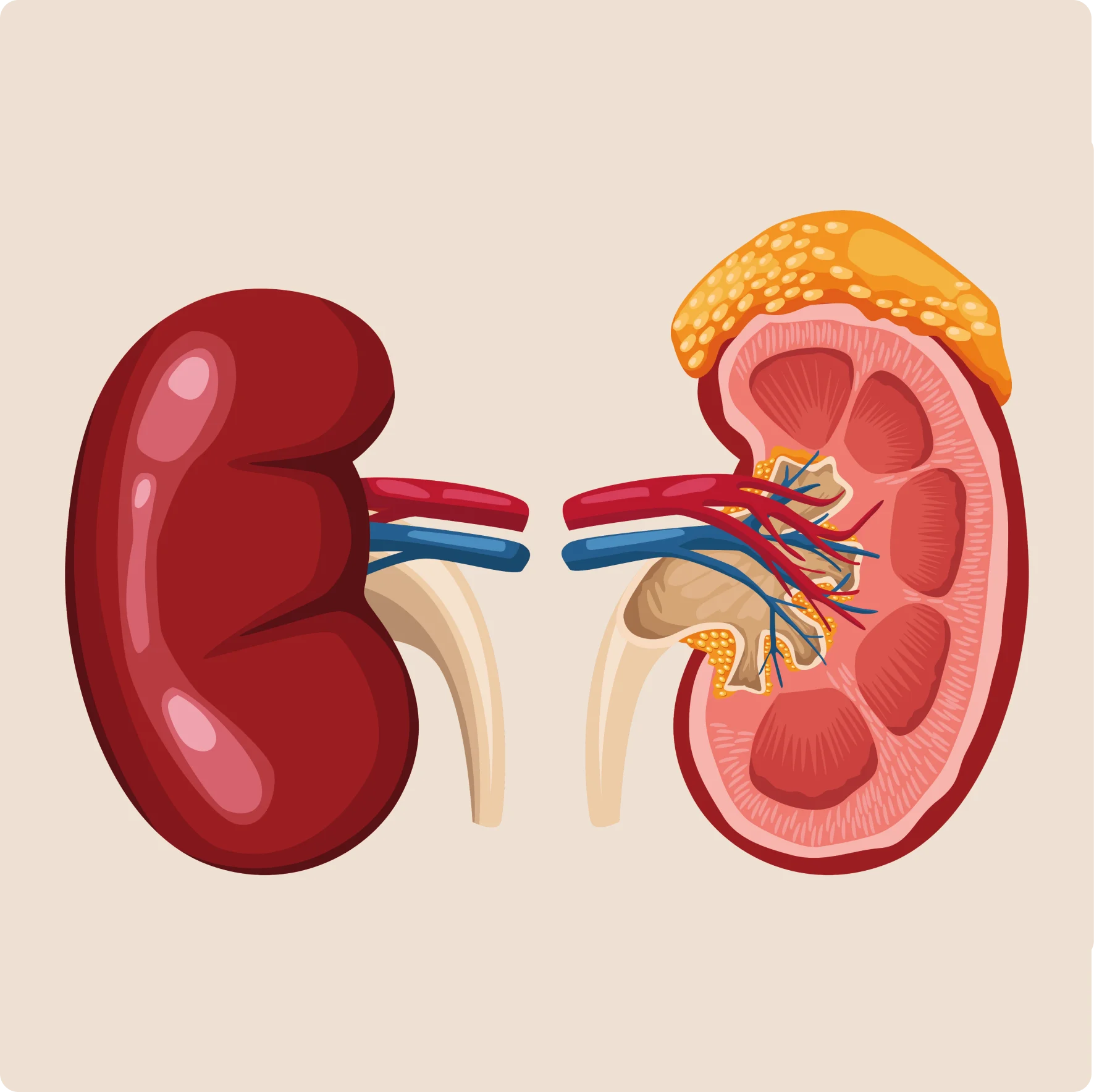
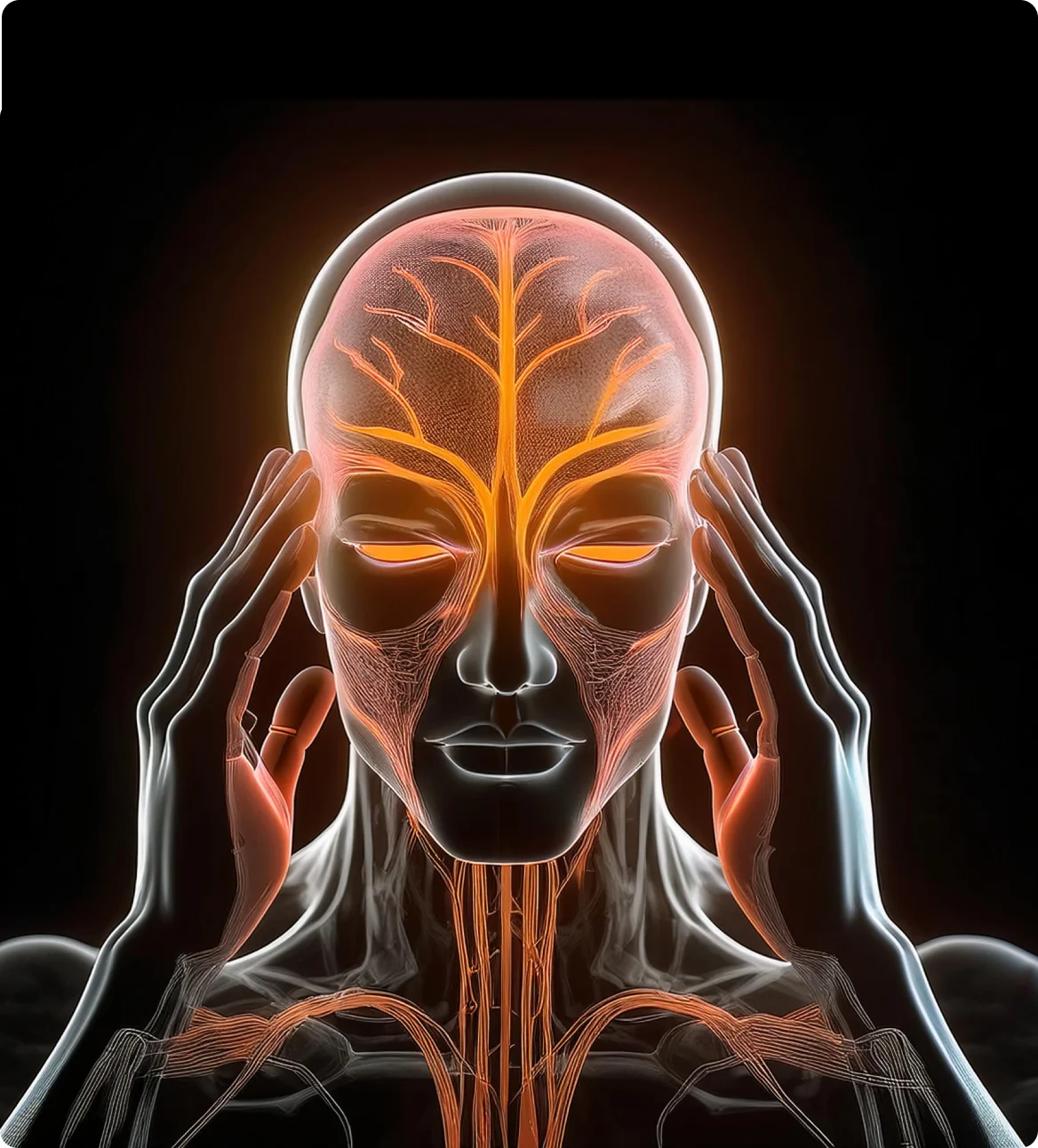
How does a patient with Pheochromocytoma present
- Headache.
- Profuse Sweating.
- Rapid heartbeat.
- High blood pressure.
- Panic attack-type symptoms, including sudden intense fear.
- Anxiety or a sense of doom.
- Nervous shaking.
- Shortness of breath.
- Vision problems.
- Constipation.
- Weight loss.
They don’t realize they have the tumor until an imaging test (CT scan, MRI scan or Sonography) detects it
Symptom Spells
Though high blood pressure is one of the main symptoms of a pheochromocytoma, most people who have high blood pressure have what is termed as essential hypertension and not an adrenal tumor.
Certain activities or conditions can lead to a spell, such as:

If you have any of the following symptoms, please do connect with your doctor
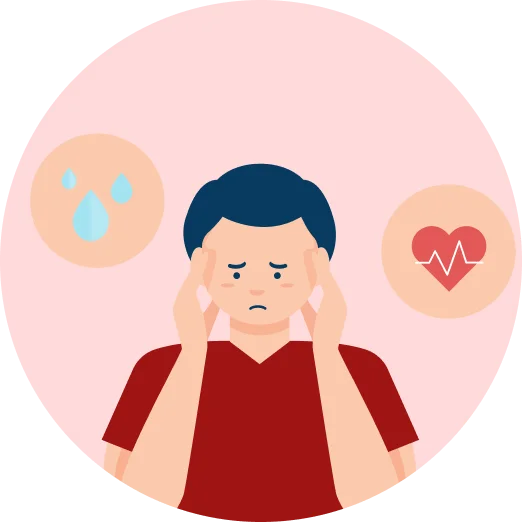
Spells, such as headaches, sweating and a rapid pounding heartbeat
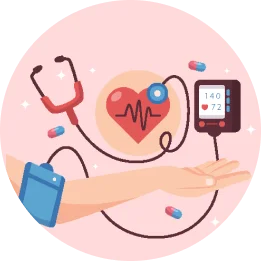
High blood pressure that starts before the age of 20
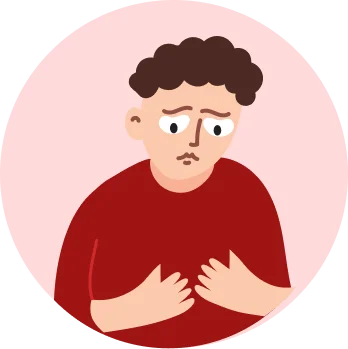
Recurring large rises in blood pressure
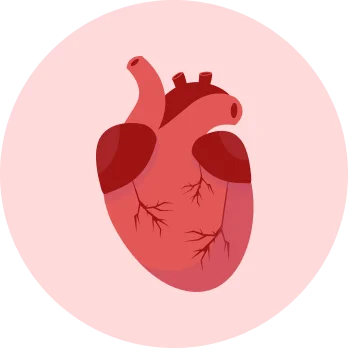
Trouble controlling high blood pressure with your current treatment
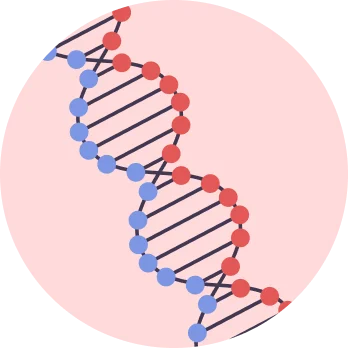
Family history of pheochromocytoma / paraganglioma or related genetic condition
- Please ascertain from your doctor if any preparatory steps are needed before the tests, especially inform your doctor of all the medications that you are taking
- Your doctor may decide either 24 hours urine test or a blood test
- These tests need specific instructions for the patient and the laboratory personnel who collects sample which must be ascertained.
- If the laboratory tests suggest a possibility of Pheochomocytoma, your doctor will plan imaging tests to locate the tumour. These scans may be
- CT scan
- MRI scan
- PET scan
- More than one imaging test may be needed to understand the location of the tumours.
- Sometimes scan done for a very different reasons may locate an unsuspected pheochromocytoma.
- Up to 40% of patients with Pheochromocytoma/ Paraganglioma have genetic mutation, which may be transmissible in up to 50% of the off springs. This makes genetic testing mandatory in all pheo-para patients and their family members to plan appropriate treatment.
- Those patients who screen positive for genetic mutation, will need regular clinical monitoring, blood/urine test and imaging for early detection of tumours. Research has clearly indicated better outcomes with early detection of tumours achieved by genetic tests. In addition, the family members at risk will also need to be screened for the concerned mutation.
Early detection and timely surgery is mainstay of treatment for these patients. It requires pre operative preparation for the patient’s safety which is best undertaken by an experienced medical team. This pre op medications are meant to give stable blood pressure control before, during and after the surgery. High salt diet and increased fluid intake may be needed….
Surgery is best carried out in a centre with experienced team of surgeons and anaesthetists. It is usually performed through key holes unless the tumour is very large, when larger incision may be required. After surgery, blood pressure usually returns to normal.
- If one healthy adrenal gland is in place, patient will not need any hormone replacement. However, if both adrenal glands are removed, patient will need lifelong hormone replacement. These patients need lifelong follow up to ensure no additional tumour has developed.
- In an uncommon event of the tumour being malignant, additional treatments like radiation, chemotherapy, ablative measures, or targeted therapy in various combination may be required.

WHAT IS
pheochromocytoma?
SEE THIS PAGE FOR MORE INFORMATION ON COVID-19 & PHEO PARA
A pheochromocytoma is a rare tumor that grows in an adrenal gland. Most often, the tumor is not cancer.
We have two adrenal glands — one at the top of each kidney. The adrenal glands make hormones that help control key processes in the body.
Usually, a pheochromocytoma forms in only one adrenal gland. But tumors can grow in both adrenal glands.
Pheochromocytoma, releases hormones that can cause different symptoms. These include high blood pressure, headache, sweating and symptoms of a panic attack. If a pheochromocytoma isn’t treated, serious or life-threatening damage to other body systems can happen.
Early detection is the key and allows successful treatment of these tumours. Surgery is the treatment of choice to remove a pheochromocytoma and often returns blood pressure to a healthy range. These tumours are best managed in experienced centres with a team experts.
Up to 40% of patients with Pheochromocytoma/ Paraganglioma have genetic mutation, which may be transmissible in up to 50% of the off springs. This makes genetic testing mandatory in all patients with pheochromocytoma and Paraganglioma patients and their family members to optimally monitor them.
THE SYMPTOMS
How does a patient with Pheochromocytoma present
A pheochromocytoma often causes the following symptoms:
- Headache.
- Heavy sweating.
- Rapid heartbeat.
- High blood pressure.
Some patients with pheochromocytomas may also have symptoms such as:
- Panic attack-type symptoms, including sudden intense fear.
- Anxiety or a sense of doom.
- Nervous shaking.
- Shortness of breath.
- Vision problems.
- Constipation.
- Weight loss.
Some people with pheochromocytomas have no complaints.
They don’t realize they have the tumor until an imaging test (CT scan, MRI scan or Sonography) detects it
Symptom Spells
Often, the symptoms of pheochromocytoma come and go. When they start suddenly and keep coming back, they’re known as spells or attacks. These spells may or may not have a trigger that can be found.
Certain activities or conditions can lead to a spell, such as:
- Physical hard work.
- Anxiety or stress.
- Changes in body position, such as bending over, or going from sitting or lying down to standing.
- Labor and delivery.
- Surgery and anaesthetic.

When do you seek medical consultation
Though high blood pressure is one of the main symptoms of a pheochromocytoma, most people who have high blood pressure have what is termed as essential hypertension and not an adrenal tumor.
If you have any of the following symptoms, please do connect with your doctor
- Spells, such as headaches, sweating and a rapid pounding heartbeat.
- Trouble controlling high blood pressure with your current treatment.
- High blood pressure that starts at young age, before the age of 20.
- Recurring large increase in blood pressure.
- A family history of pheochromocytoma or genetic condition that is known to be associated with Pheochromocytoma


DIAGNOSIS
Laboratory tests
Blood and urine tests
Please ascertain from your doctor if any preparatory steps are needed before the tests, especially inform your doctor of all the medications that you are taking
Your doctor may decide either a 24-hour urine test or a blood test
These tests need specific instructions for the patient and the laboratory personnel who collects sample which must be ascertained.
Imaging
If the laboratory tests suggest a possibility of Pheochromocytoma, your doctor will plan imaging tests to locate the tumour. These scans may be
CT scan
MRI scan
PET scan
More than one imaging test may be needed to understand the location of the tumours.
Sometimes scan done for a very different reasons may locate an unsuspected pheochromocytoma.
Genetic test
Up to 40% of patients with Pheochromocytoma/ Paraganglioma have genetic mutation, which may be transmissible in up to 50% of the off springs. This makes genetic testing mandatory in all pheo-para patients and their family members to plan appropriate treatment.
Those patients who screen positive for genetic mutation, will need regular clinical monitoring, blood/urine test and imaging for early detection of tumours. Research has clearly indicated better outcomes with early detection of tumours achieved by genetic tests. In addition, the family members at risk will also need to be screened for the concerned mutation.
TREATMENT OVERVIEW
Early detection and timely surgery is mainstay of treatment for these patients. It requires pre operative preparation for the patient’s safety which is best undertaken by an experienced medical team. This pre op medications are meant to give stable blood pressure control before, during and after the surgery. Together with these medications high salt diet also may be needed to prevent drop in blood pressure with the medications.
Surgery
Surgery is best carried out in a centre with experienced team of surgeons and anaesthetists. It is usually performed through key holes unless the tumour is very large, when larger incision may be required. After surgery, blood pressure usually returns to normal.
Post Surgery outcome
If one healthy adrenal gland is in place, patient will not need any hormone replacement. However, if both adrenal glands are removed, patient will need lifelong hormone replacement. These patients need lifelong follow up to ensure no additional tumour has developed.
In an uncommon event of the tumour being malignant, additional treatments like radiation, chemotherapy, ablative measures, or targeted therapy in various combination may be required.

PATIENT RESOURCES
find the resources and information
you need to take action
let’s stay in touch!
Stay up to date with the latest research and news, events we are hosting, and other organizations that we are participating with as we move forward to find a cure!



